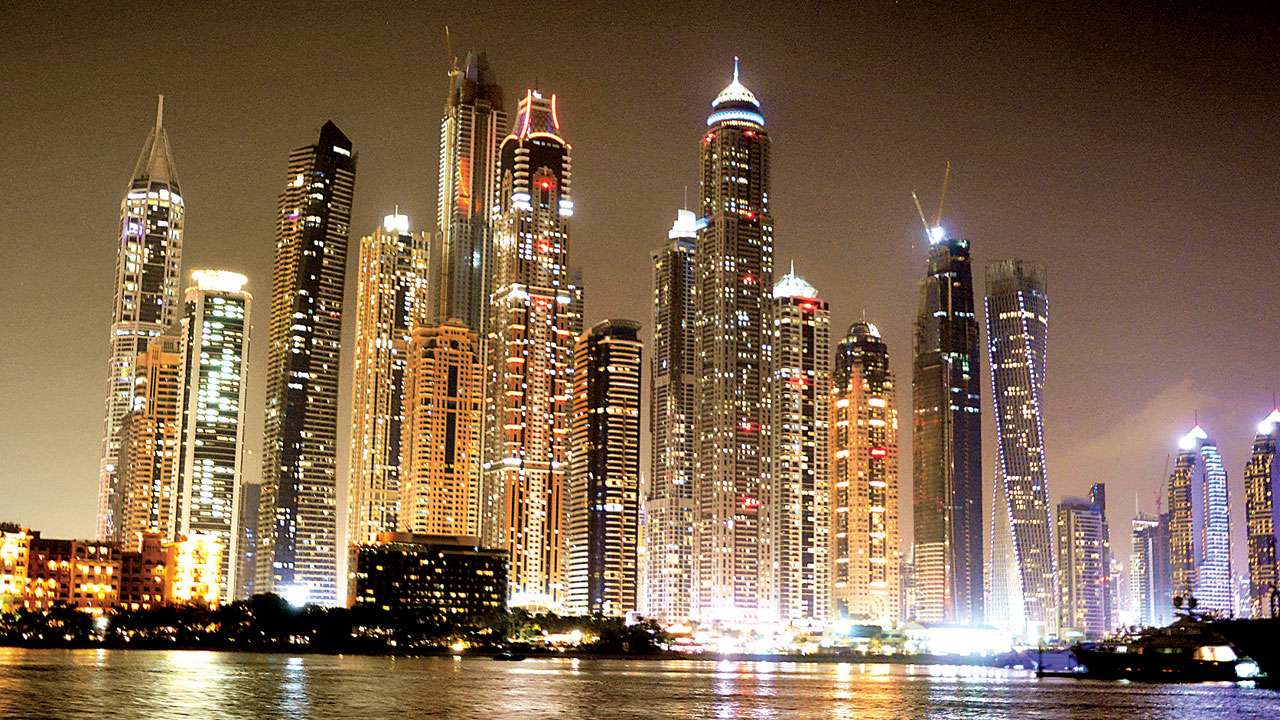
Many years ago, I saw a documentary series by actor and TV presenter Michael Palin in which he is at the home of a woman in North Africa, somewhere in the midst of the Sahara. The home is only a tent with the most minimum of facilities. The smiling Arabic woman says she is happy because she has many good things in her life, like ‘ma belle maison’. (my beautiful house). That remark touches Palin as it does the viewer. I remember thinking of how relative happiness was and it is so hard to tell what would make whom happy. Happiness is hard enough to measure for individuals, so should be virtually impossible for cities, right? Well, some people are trying.
Canadian journalist Charles Montgomery has written a fascinating book called ‘Happy Cities’, a term that follows the Green City, Sustainable City, Livable City, in the lingo of urban planning. Research, including a landmark one by Harvard, has proved that money, cars and material possessions do not enhance individual happiness. On the same lines, Montgomery shows with examples from across the world, that tall buildings, subways and malls do nothing for the happiness of cities. The contemporary metropolis that we see in any part of the world — from New York to New Delhi is generic in many ways — a metro, a downtown commercial centre, residential suburbs, congestion, shopping malls with the same international brands everywhere, all swathed in various degrees of air and noise pollution. The one thing that has surely been bequeathed to urban citizens is a breakdown of community and increasing isolation. The UK even appointed a Minister for Loneliness last year.
It turns out that this is the one thing that can fix the happiness hole in a city’s heart — connections with each other. Although this sounds suspiciously like the homilies accompanying a ‘Good morning’ message on WhatsApp groups, it is backed by scientific investigation. Just before the 2008 economic crisis, a bunch of economists studied why US cities showed rising incomes, but did not show an accompanying rise in happiness. By trying out various combinations of economic and social factors in their model, they concluded that the lack of social networks (real not virtual) was the culprit. Money can’t buy you love, as the song goes. And since love is vital to happiness, money can’t buy you happiness either.
The book’s premise is that these social networks can be created through better urban design. Not by living in sky scrapers where you tolerate the neighbour you don’t know for a few minutes in the elevator, but by designing neighbourhoods that facilitate human interaction. It gives numerous examples of cities where passionate mayors have made changes in transport policies, which enable people to reclaim lost pleasures like cycling to school and work and lazily loitering on the streets. These actions brought people out to just hang out and by design, forced intermingling.
Can urban design change Indian cities to be happy cities? Happy Indian Cities sounds like an oxymoron with our seemingly never ending problems of crowd, traffic, pollution, slums and (un) safety. And yet, some are valiantly trying to by making changes in the layout and retrofitting features that can enhance citizen happiness. Naya Raipur, the capital of Chhattisgarh, has turned the ‘crowded downtown-open suburb’ model on its head and is creating a micro forest spread over 200 hectares, right in the centre of the city. The administration is demolishing over 70 government buildings in the centre and replacing them with the largest safari in Asia where people can see wildlife from different parts of the state. The brainchild of a few visionary IAS officers, the project costing over Rs 1000 crore is a rare attempt to radically change the face of an Indian city.
Then there are smaller but noteworthy attempts at creating more life and bringing more colour to drab places. The town of Madhubani in Bihar, known for its paintings, got local artists to fill the railway station walls with Madhubani motifs. What would otherwise be yet another faceless small town railway station is now a vibrant showcase of the town’s artistic heritage.
Andhra Pradesh, another state government with foresight, held a ‘Happy Cities’ summit last month. The idea was to share innovative solutions for cities in the developing world, centred around the principles of ‘Happiness’. Urban experts, architects, industry, policymakers, citizens and administrators came together from fifteen countries to try and find ways to create liveable communities in a healthy environment. The government’s quest for happiness is indeed serious, given that even the state capital’s master plan is called ‘Amravati Happy City Masterplan’.
What is or will be the impact on happiness of citizens? We don’t know yet, nor is anyone in India measuring. What is now increasingly understood, however, is that urban design can be a powerful contributor to the happiness of citizens. The structure and layout of our streets, the availability of green spaces, the possibility of using urban spaces freely, the inclusion of beauty in public space. It is safe to assume that when there are avenues for a community to come together in a pleasant environment, which is accessible to everyone, it can only increase well-being.
The writer is the author of the book ‘Urban Villager: Life in an Indian satellite town’. Views expressed are personal.